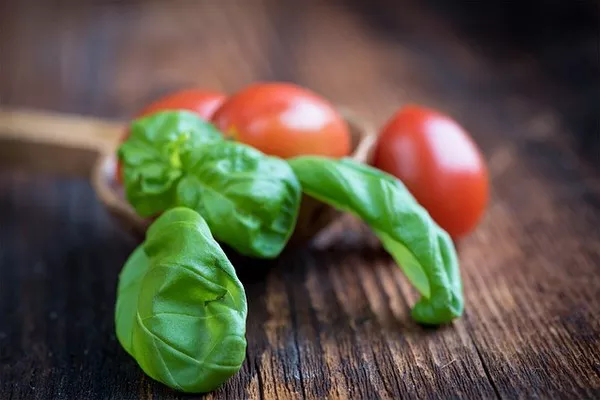In the dynamic realm of plant biology, a recent study, featured on the cover of The Plant Journal, has emerged as a captivating exploration into the intricate defense mechanisms employed by tomatoes against the formidable bacterial pathogen Pseudomonas syringae pv. tomato (Pst). This research, conducted by scientists in Dr. Greg Martin’s lab at the Boyce Thompson Institute (BTI), unravels the sophisticated interplay between plant immune responses and evolving pathogens, offering insights that could revolutionize crop resilience.
At the heart of this study are Nucleotide-binding leucine-rich repeat receptors (NLRs), often regarded as the plant’s immune system warriors. These proteins play a pivotal role in recognizing and responding to pathogenic attacks, triggering a cascade of defense mechanisms. The study specifically focuses on helper NLRs, Nrc2 and Nrc3, which collaborate with the tomato NLR Prf and its partner kinase, Pto, in orchestrating a robust defense against Pst.
Employing cutting-edge CRISPR technology, the researchers generated tomato mutant plants devoid of Nrc2 and Nrc3. Although these mutants exhibited normal characteristics under typical conditions, they displayed increased susceptibility to Pst, akin to plants lacking the Prf protein. This crucial discovery underscores the indispensable role played by Nrc2 and Nrc3 in fortifying the tomato’s immune response.
Dr. Ning Zhang, a post-doctoral researcher at BTI and the study’s first author, emphasized the significance of their findings. “This finding was pivotal, highlighting the indispensable role of Nrc2 and Nrc3 in the tomato immune response,” she stated, acknowledging the groundbreaking nature of the research.
The study’s most intriguing revelation lies in understanding how Nrc2 and Nrc3 integrate into the broader defense system. Positioned upstream in the signaling cascade that leads to programmed cell death—a crucial component of the plant’s immune response—these helper NLRs emerge as essential intermediaries in the intricate web of plant immunity.
Zhang expressed her enthusiasm for the recognition of their work, stating, “I’m thrilled that our discoveries on the workings of helper NLRs received prominent coverage in The Plant Journal. Our work sheds light on how plants defend themselves—a topic of immense importance in agriculture.”
Beyond scientific discovery, the research by Zhang and her colleagues offers a roadmap for future innovations in enhancing crop resilience. “By unraveling the roles of helper NLRs like Nrc2 and Nrc3, we are a step closer to developing crops that can better withstand the challenges posed by pathogens, helping ensure food security and agricultural sustainability,” emphasized Zhang.
In essence, this study transcends the realm of academia, heralding a new era in agricultural science where a deeper understanding of plant defenses paves the way for more robust and resilient crops.


